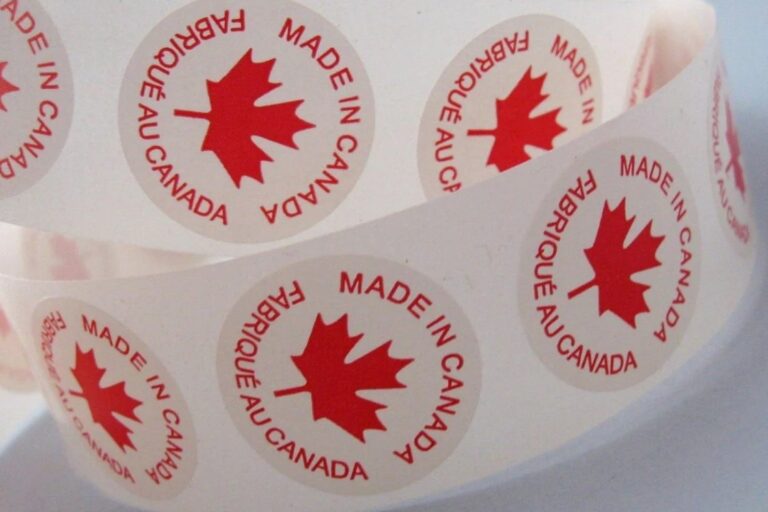
In today’s world, global is the new local. It’s easier than ever for businesses of all sizes to market their products to an international audience. But while launching a new product is never easy, expanding to new markets is a unique challenge. You’ll need to answer a few key questions before marketing products globally. What types of products does your target market want? How will your product meet their needs? Which channels and messaging will resonate with your new target customers? Answering these questions will put you on the path to international marketing success.
Stage 1: Research
First, you need to understand the local market by undertaking market research. It can be tempting to proceed without market research, but this is a fundamental step you should not miss. Research will give you answers to several important questions:
- What are the needs of your target audience?
- What are their interests and preferences?
- How do local customs and traditions affect purchase behaviour?
- What marketing channels do they prefer?
- What motivates them to buy a product?
- At what price are they willing to buy the product?
- What is your USP over local competitors?
Once you have answered these questions, you can start preparing your product for new markets.
Stage 2: Localization
It’s essential to ensure you account for local differences before launching into a new market.
Your Product
It might not make sense to sell the same product in different countries. You might pursue three strategies when looking to sell products in new markets. The first is product extension, which refers to selling your current products without changes. Extension can work well if your new market is similar to your local audience. If the new market has specific attitudes or preferences, you might instead choose product adaptation. Adaptation means modifying your product to fit local needs. For example, you might change the spicing in your sauce to suit the tastes of a different country. The last strategy to consider is product invention, when you create a brand new product for the market in question. The research you completed earlier will give you insight into what product strategy best fits your new audience.
Regulatory
Beyond ensuring you have the right product-market fit, your product must meet the rules and guidelines for a new country. You might need licenses or permits to sell certain types of products. Or, your product might require more detailed labelling to fit a different country’s regulations. You can find this information on the Government of Canada’s Country and Sector Information resource.
Language
Finally, if you plan to sell your products in different countries, you may also need to consider language differences. Perhaps the most visible place to update language is your product’s labels and packaging. If you plan to translate your current labels, hire a native speaker or professional translator to do the translation. Plus, remember to check any symbols and imagery for social context. Finally, you might also need to account for customer service in a different language. Set up a website and phone number with service in this language so customers can receive help and find answers to their questions.
Stage 3: Execution
Once your product is ready, you’ll choose where, when, and how to market in a new country. Be prepared to re-learn best practices when marketing overseas.
Channels
Carefully consider the marketing channels you select for a new audience. Some countries may prefer traditional marketing (magazines and billboards) over digital (social media and email). Your initial research should give you an idea of what channels your audience prefers. Make sure to keep an eye on the number and visibility of your advertisements. Consumers in some countries might be used to seeing advertisements in different formats at high frequency. But, consumers in another country may find too many messages to be off-putting.
Messaging
Precise, simple messaging reads well in any language. Focus on clarity and simplicity when designing marketing plans to be translated. Phrasing without slang or jargon will be more straightforward to translate – you can always add regional flair later in the process. Learning the values of the cultures you want to communicate with will allow you to create messaging that resonates and doesn’t offend.
Measuring
Measuring and reporting on your efforts is a critical part of evaluating the success of your new international strategy. When you track valuable metrics, you will gain insight into what tactics work best and be able to maximize your marketing efforts. Metrics you’ll want to track might include conversions, cost per acquisition (CPA), return on advertising spend (ROAS), click-through rate (CTR), and engagement rate. You can find these figures in your website analytics and paid advertising dashboards.
Start Marketing Globally
While expanding your products to new markets can be exciting, it can also be complex and intimidating. Marketing products for a global audience will require a lot of research if you still need to become familiar with your target country.
At Export Navigator, our Export Advisors can help save you time and effort in marketing your products internationally. Find an advisor today and discover what opportunities are available to you.



